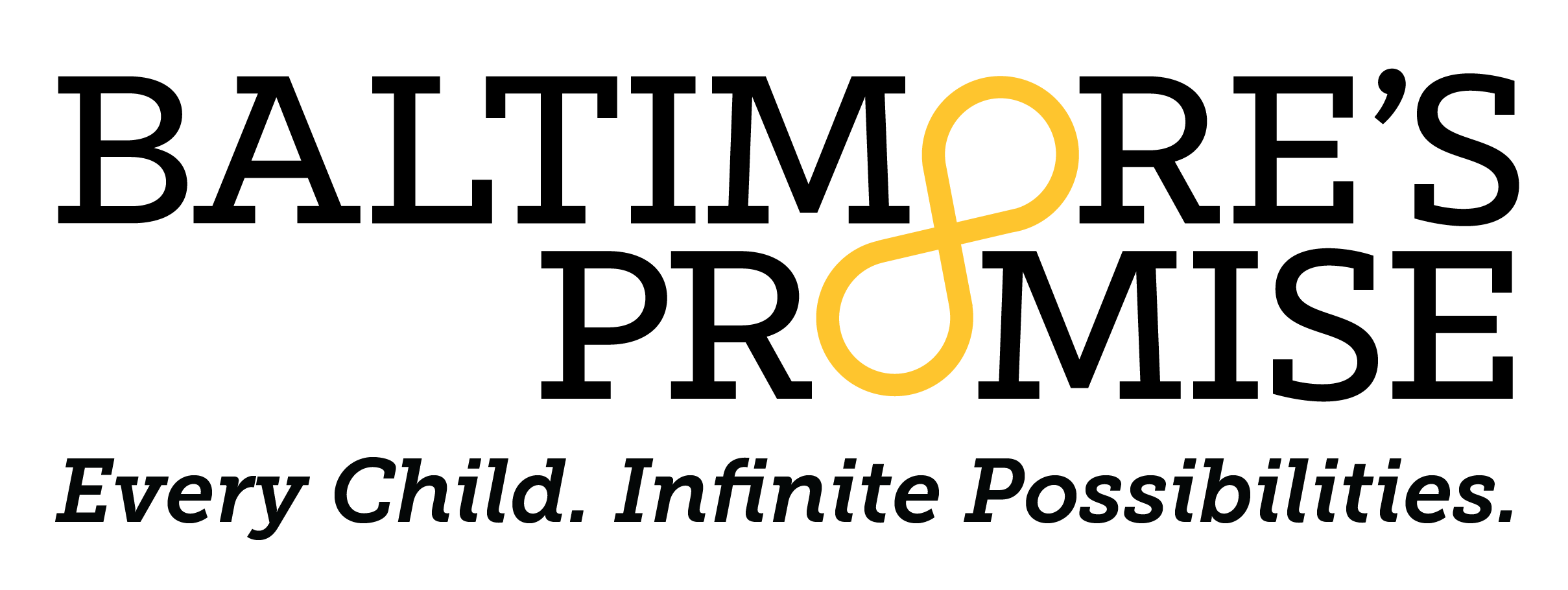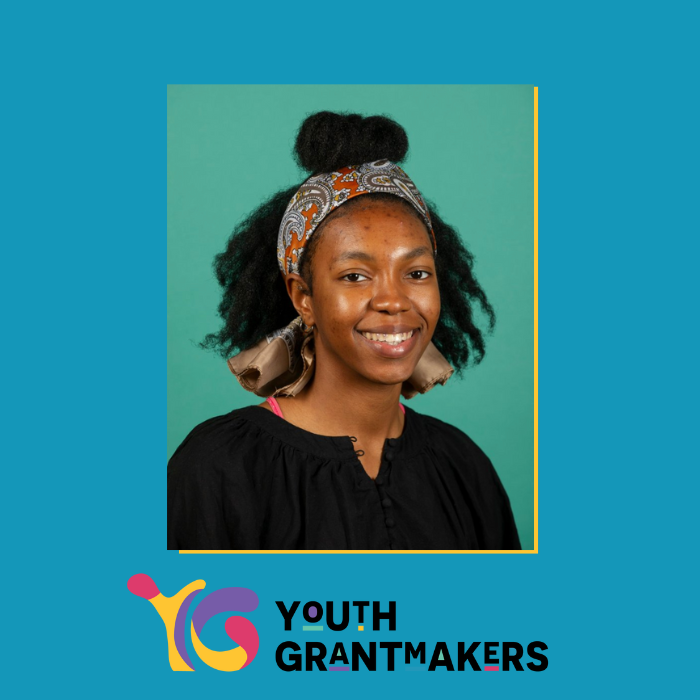Year One of Youth Grantmaking: Reflecting on the Journey
By J’Naya Harris
I applied to be an advisor to the Youth Grantmakers on the last day the application was open. I heard about it through another organization – the Baltimore Youth Arts Advocacy Council – when I was a high school senior at Baltimore Polytechnic Institute. As the first two youth on this project, Cesia Calero and I were thrown into the driver’s seat. It was new for everyone, and while the adults were always there to support us, they emphasized that this was a chance to use our voice.
When we first came in, I didn’t realize we were shaping something new, this new experiment. I initially thought this process was going to include writing grants, but once I found out what we were actually doing, it made more sense. I really loved it.
Gathering the Team
As one of our first tasks, Cesia and I thought through the best qualities for a Youth Grantmaker. We wanted people from different age groups – early high school to college graduates – who could work collaboratively, respect others’ ideas, and think outside the box. We were surprised by who applied – I didn’t know our outreach would connect with that many people initially. There were so many people with different experiences and backgrounds who wanted to be part of this process and were really passionate about it. We made our final decisions about who would be part of the Youth Grantmakers in April, about a month before our first group session.
Initially, we didn’t fully understand what grantmaking was. It was – and still is – a learning experience. One of the things that went well was having the opportunity for all of us to speak and provide insightful input as we learned about grantmaking. Everyone felt comfortable sharing their opinions, and everyone was receptive and respectful. We actually took the time to listen and learn from each other. We’re just young people coming together and talking about these big ideas, using our voices in new ways.
The adult supporters did a very good job, supporting us while simultaneously giving us the space to take the driver’s seat. They were amazing and supported us the whole way through. That support is always going to be needed – it’s a foundation. But it’s also important for them to take a step back and let us do the work.
Leading with Empathy
We chose focus areas for the RFP by putting ourselves in the place of a young person who would be attending the program. We all have experiences within Baltimore City, so we looked for what we would want to see in a program and what we may not have had from youth programs. We narrowed down the funding areas to emphasize what we thought was essential or missing from our city. Those were our criteria.
We split up the outreach on the RFP, sharing on social media, with programs we’ve participated in, or through info sessions. We got a big number of applications, and it was kind of shocking that we reached that many people. I don’t know what I was expecting. Before we sat down to review all those applications, we made sure we had our rubric together and understood how we wanted to score applicants. This was based on what we personally value, our own experiences, and what we wanted represented within the programs. We split up the applications, broke into groups, and advocated for organizations we wanted to see advance. There was a lot of disagreement, but we were able to respect each other’s ideas.
The next step was site visits. We took tours to see each place and how it aligned with our values. We talked with people who actually work within the organization and the young people who were part of it. Some people might think a young person is not really important or equipped to do this kind of work, but most people were very receptive, kind, and respectful, and the young people were really excited to talk with us and share their experiences. Then, we came back together to talk about what we saw and advocate for our top choices. For a couple of organizations, we also adjusted the funding from what was asked if we thought they didn’t need that much for some area.
“We came a long way”
Now we’re at the stage where we’re going to discuss how we want to further our relationship with these organizations, keep track of their progress, and see how the young people are doing over time. I wouldn’t have known where we would end up today, but I’m very proud that we are in this place. We came a long way, and that’s amazing.

